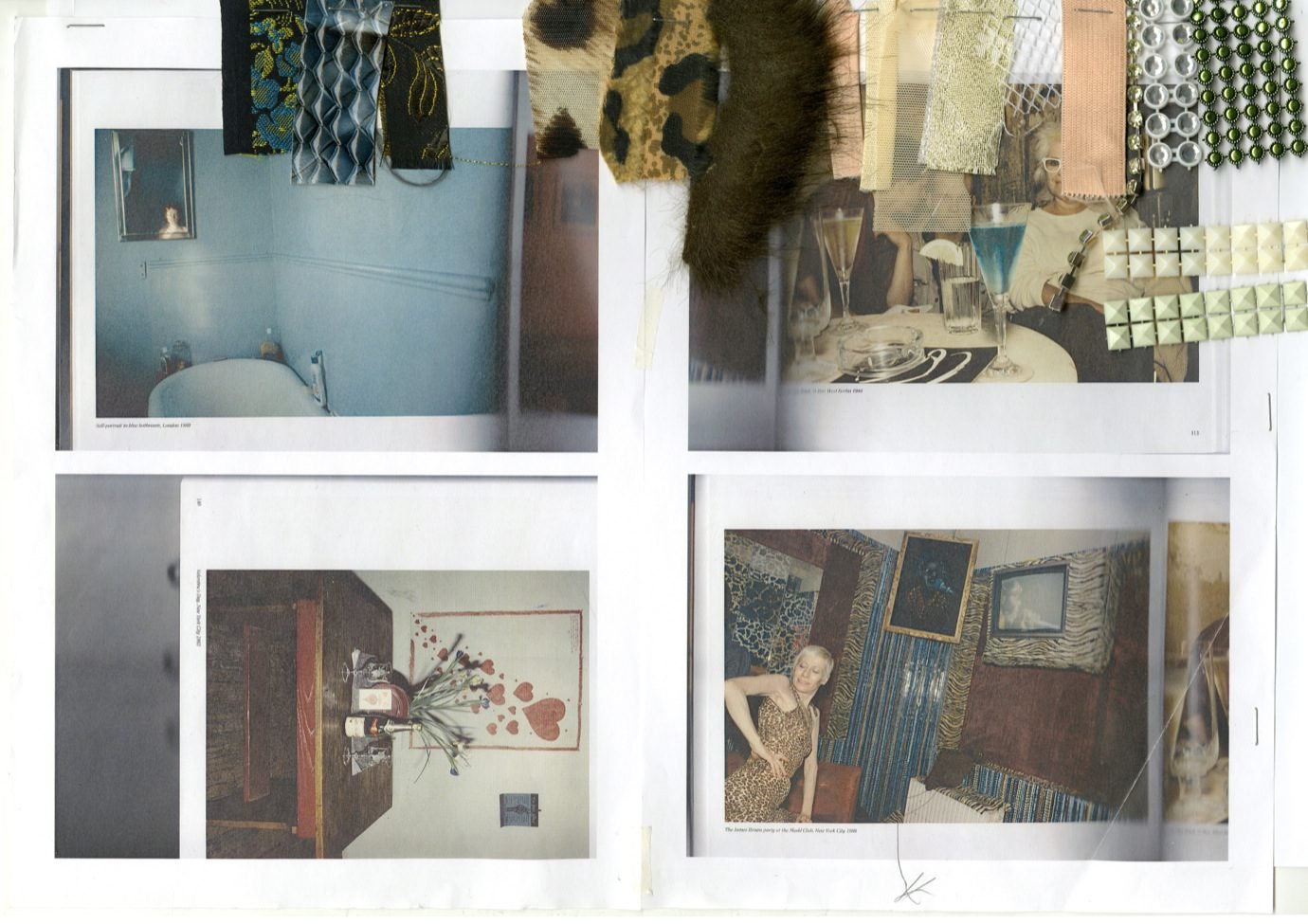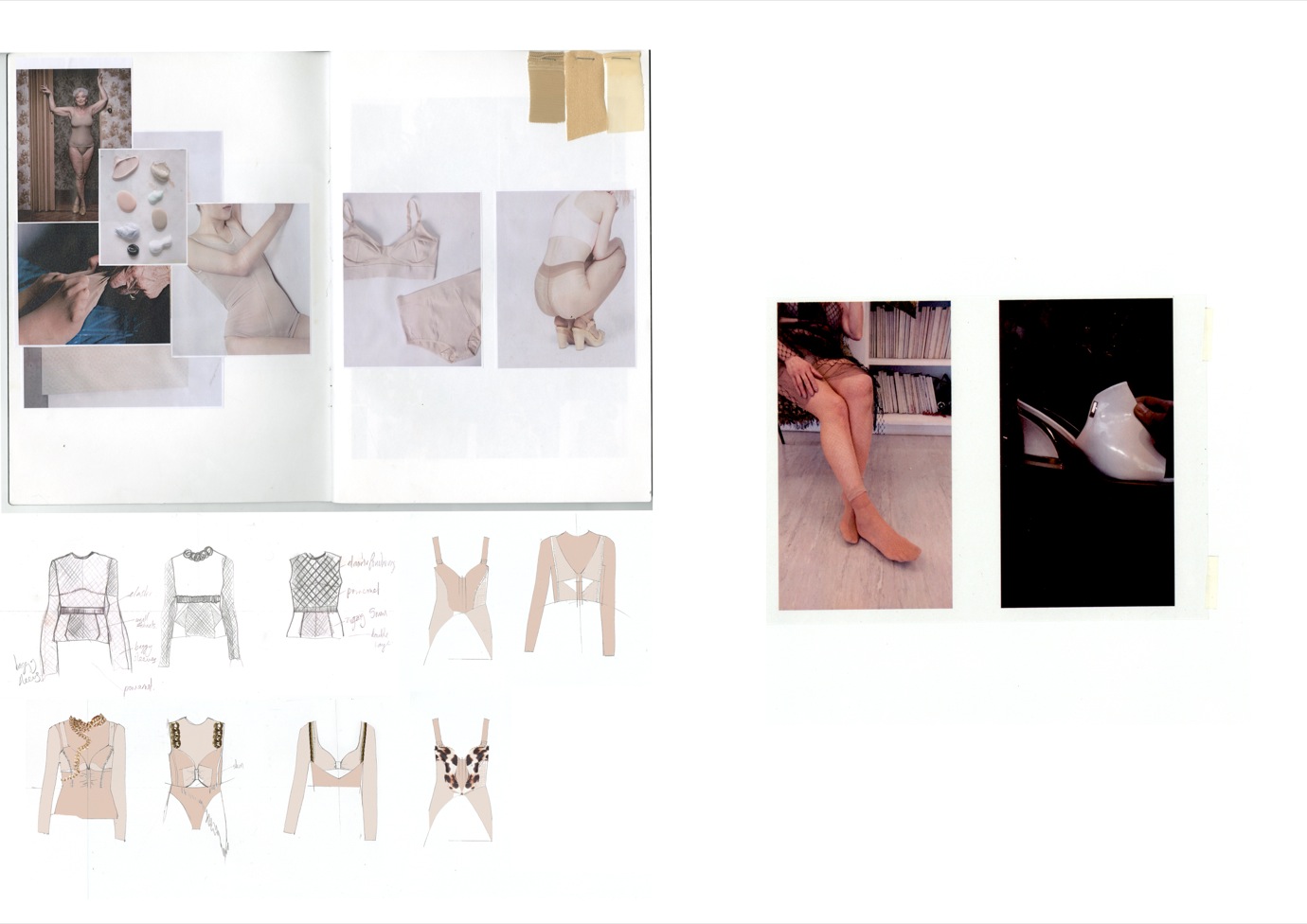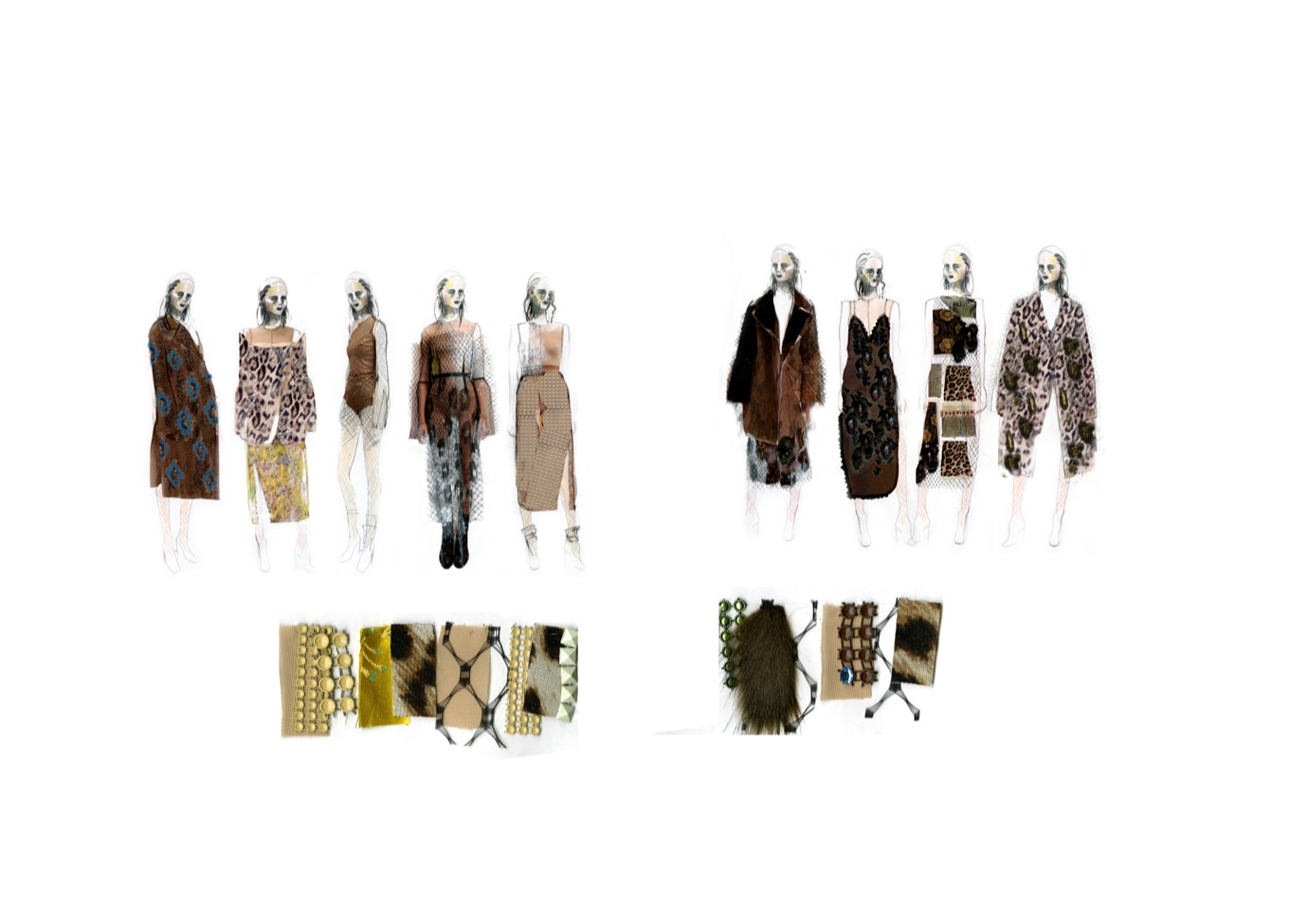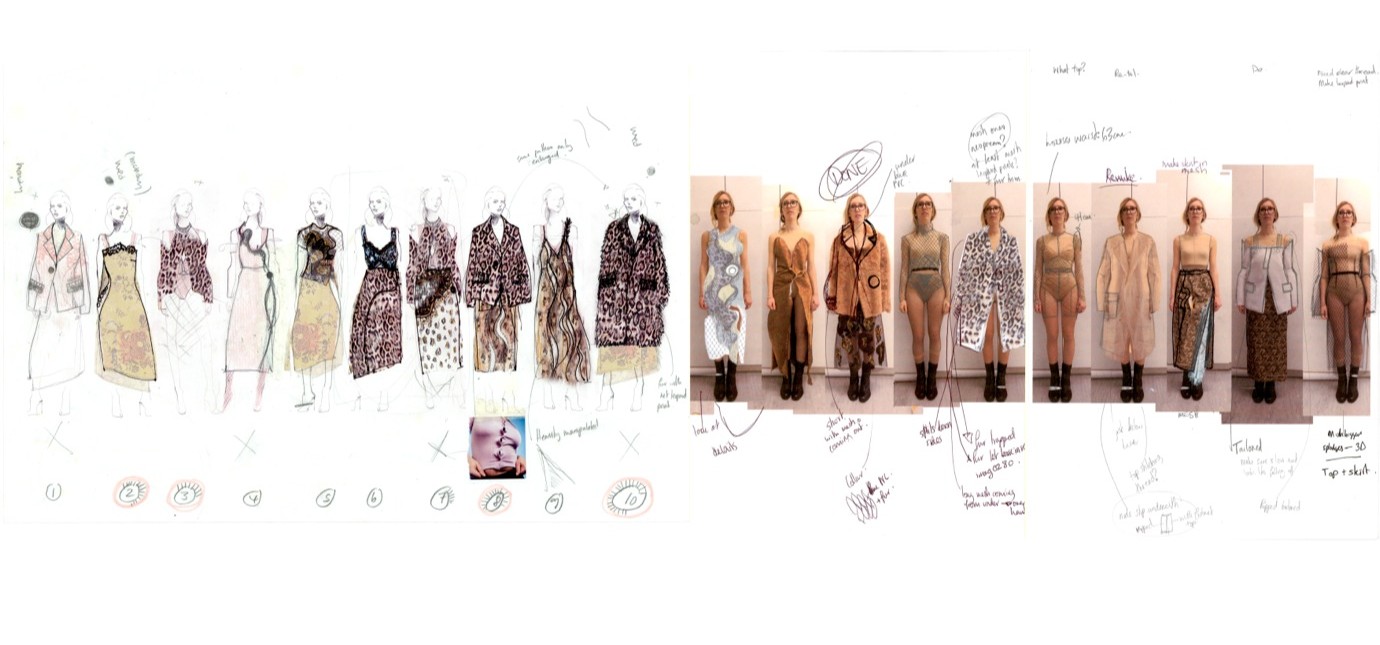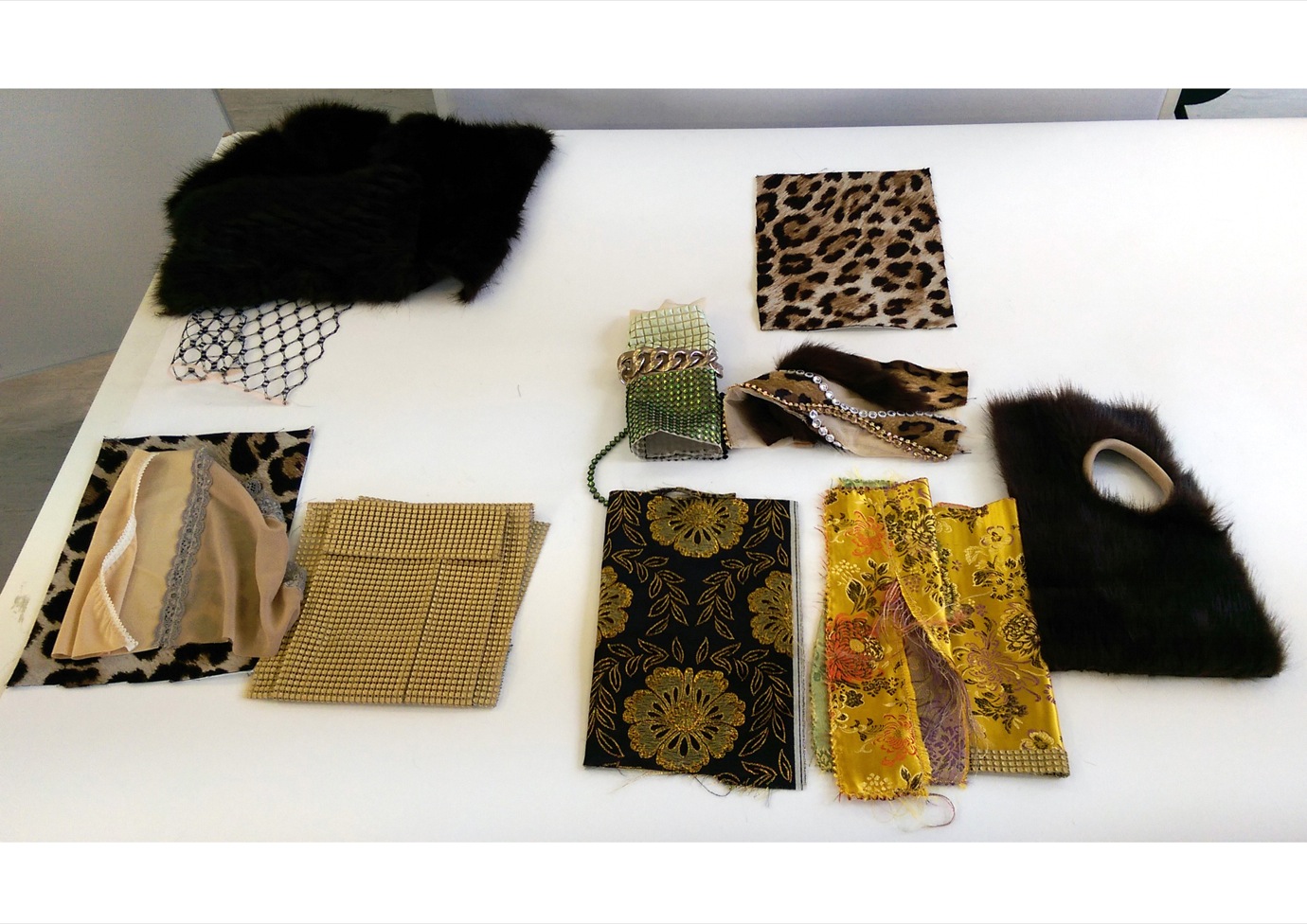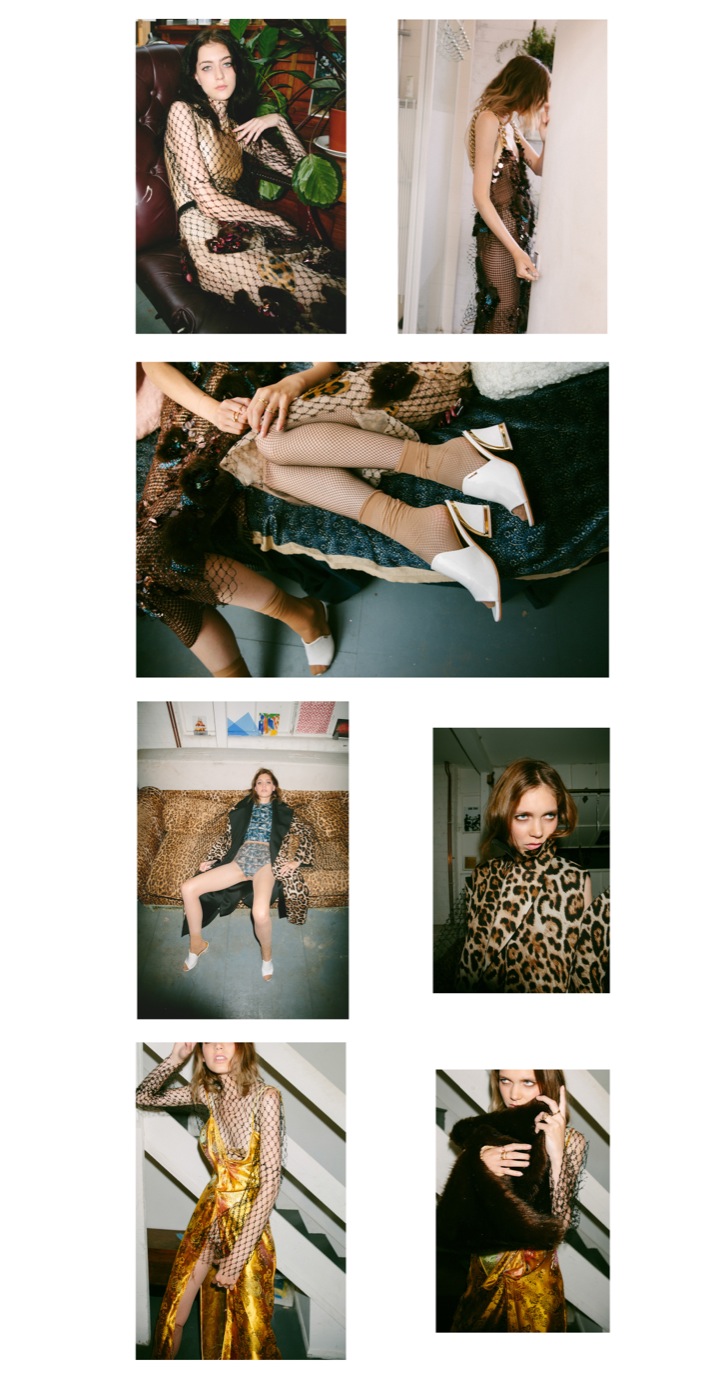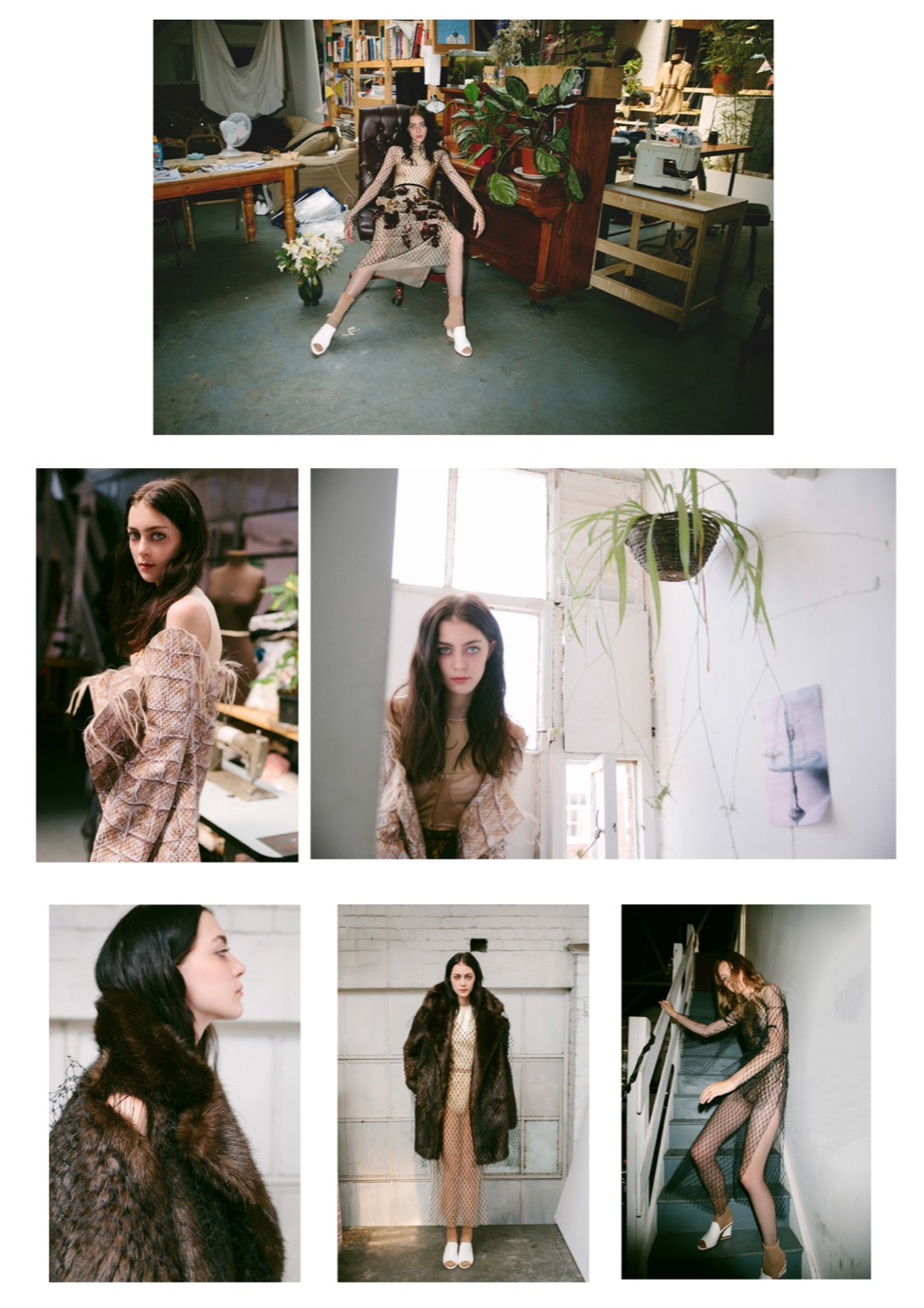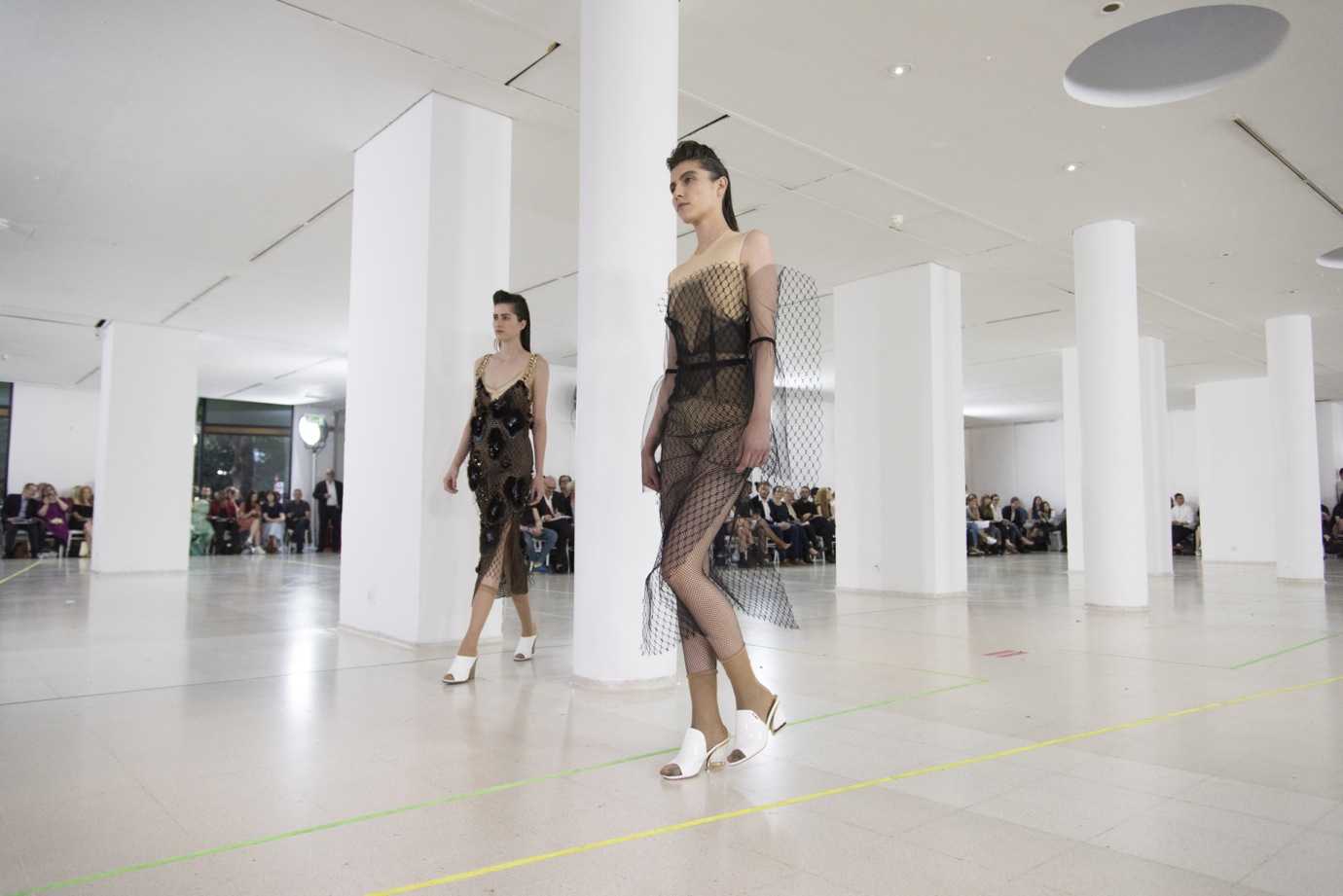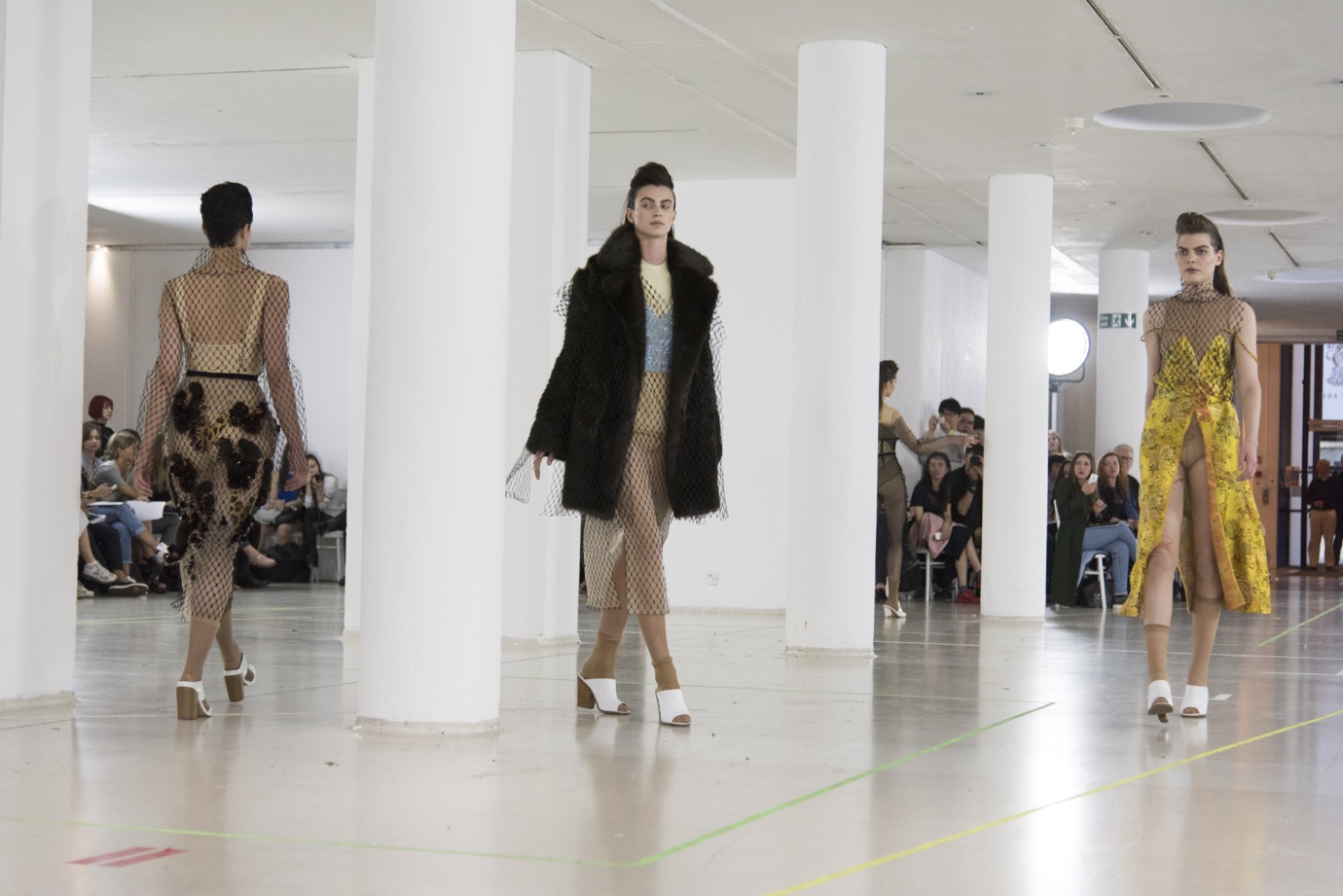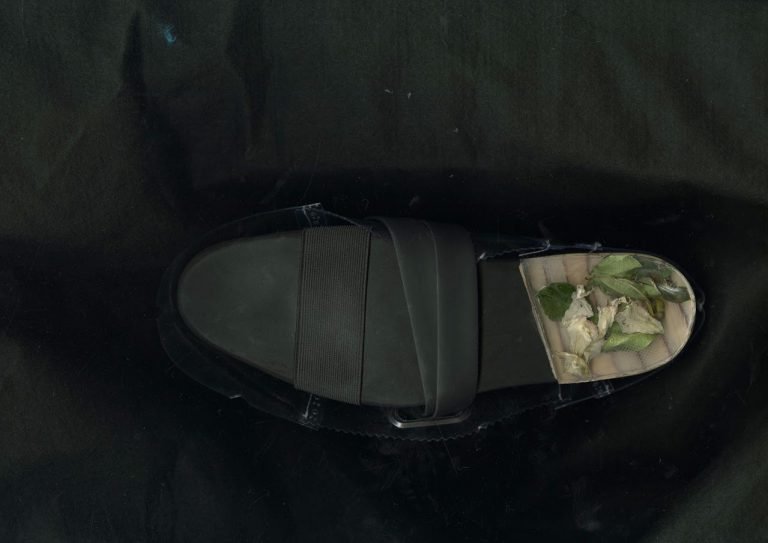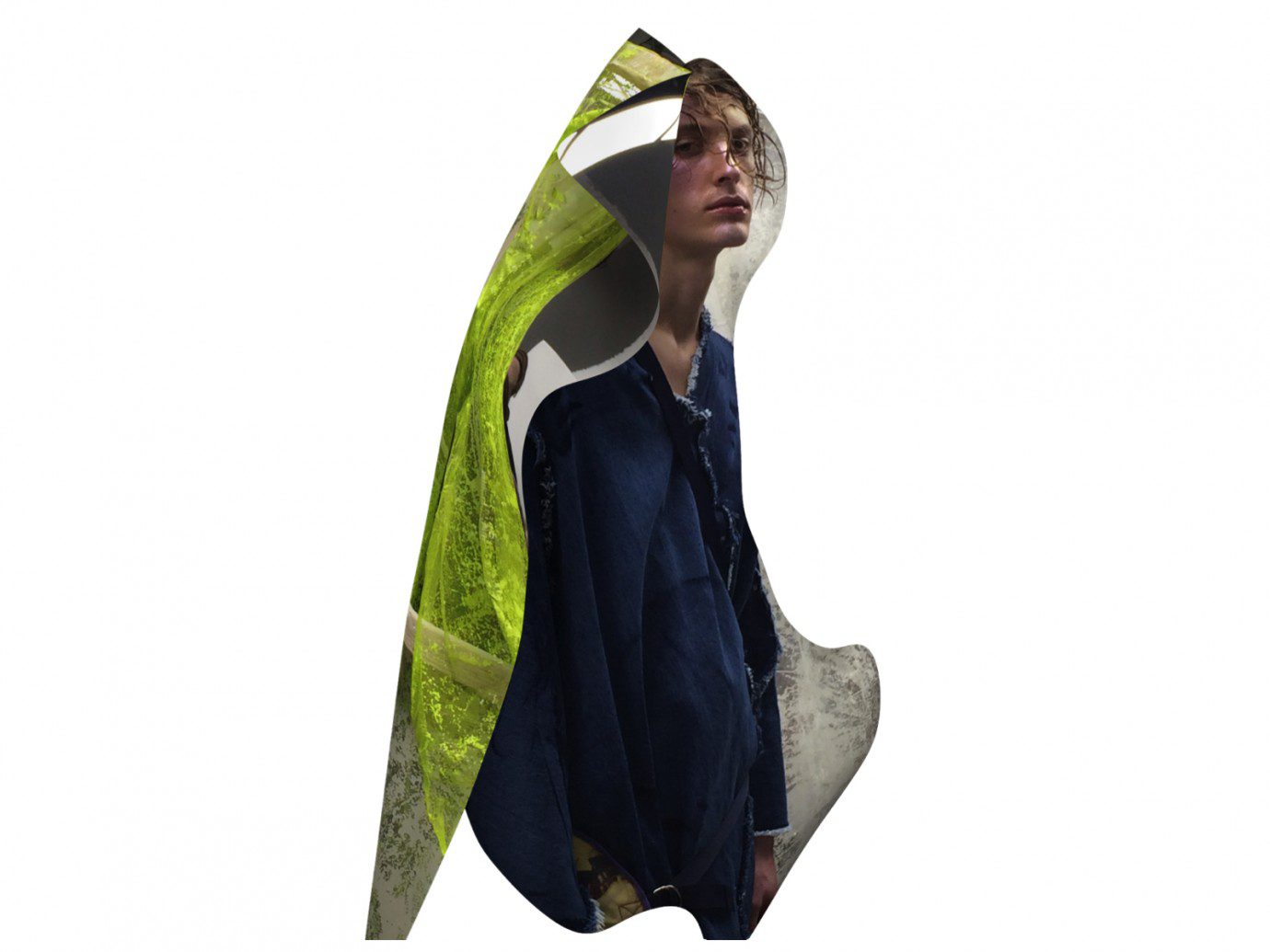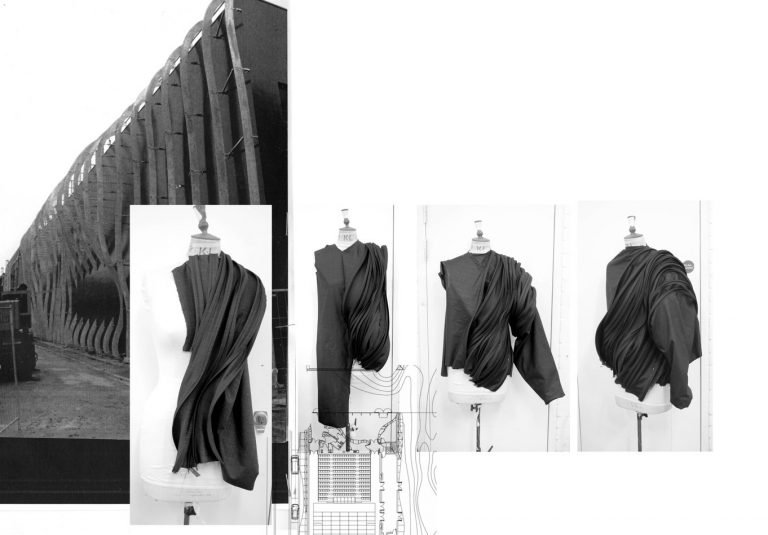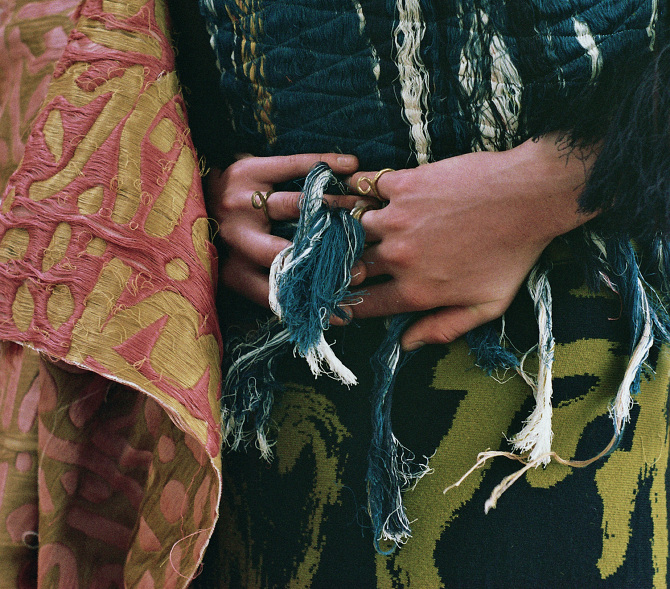Romantically archeological in her expression, Morwenna’s graduate collection takes its starting point with the non-memory of her grandparents: growing up without them, she would spend a great deal of time imagining their characteristics and traits. “I imagined them all to be wonderful characters and story tellers but locked away in Victorian style old people’s’ homes. So, in honour of my childhood image of them, I wanted to give them the respect I felt they deserved,” she says, as she explains her interest in the older members of our society. She feels that increasingly, people past middle age are subject to what she calls “representational homogeneity, both in the media and — more dangerously — our own private perceptions.” The image of the loathsome, politically fickle and physically faltering human is crystallizing ever so much faster as youth is continuously idealised, and they are thus renounced as a fashionable subject. “I feel that this homogenisation deprives people of their identity, castigates them to social oblivion and dismisses their claim to power, uniqueness, beauty, dynamism and positive social agency,” she argues. “In a culture where we are defined and valued by how hard we work, those who are now outwith the duty of labour graduate to a new labour: that of declaring their ability to still have value.”
“I SAY A WOMAN IS A WOMAN. A WOMAN IS INSPIRING TO ME IN HER 20S, 30S, 50S AND 80S.”
Her collection transpired from a series of images by photographer Alexandra Bondi de Antoni, photographing his grandmother with amazing results. Drawn to their authenticity and vulnerability, Morwenna began working with an older woman herself, and she became her muse through the design period, featuring in several shoots. It presents a dynamic and positive view on the older subject in fashion, released from loungewear and overall sartorial renunciation. It opposes the homogenisation of becoming older. “My woman, my collection’s protagonist, has lived a vibrant life of love, excitement and disappointment: her looks are indeed fading, her clothes are indeed worn-down; she is indeed becoming unshapely: but she has no intention of becoming invisible,” she says: “Her current identity — as well as her current look — is a collage of all her previous identities. But the very things that she employs to feel her youth — when she was included and valued — are the very things which undermine that illusion, for her garments themselves are in a very real sense of literal decay.”

